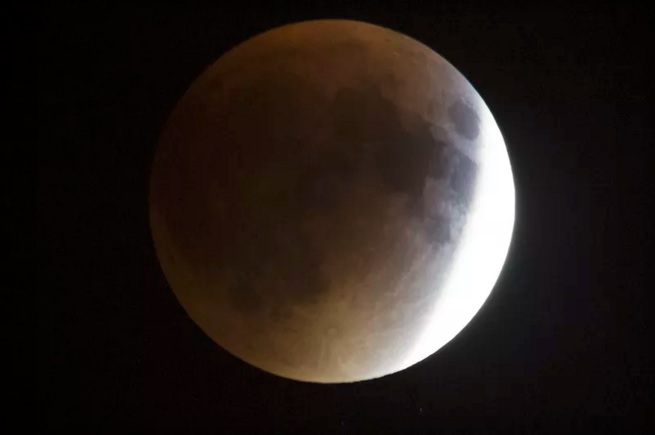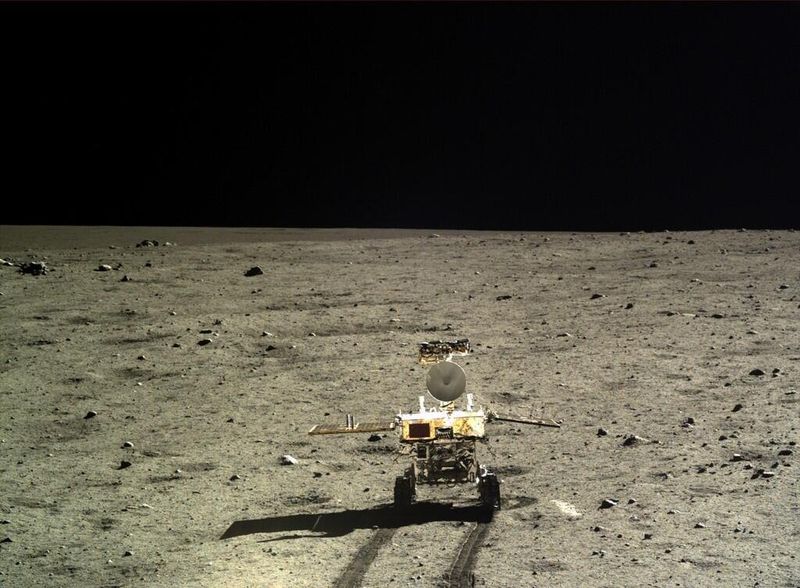
The Chinese will probably become the first nation on the planet, which will visit back side of the moon. Local media reported that the Chinese national space administration is going in 2018 to send to the “dark side” of the moon unmanned space probe.
“The device is called “Chang’e-4″ and go to the moon in 2018. And this will be the first ever landing of a spacecraft on the reverse side of the natural satellite of our planet,” says Liu Jizhong, head of the Chinese research center of the moon.
About “the dark side” of the moon, which is called so not because of a lack of sunlight, but rather because it is not well studied, virtually nothing was known until 1959 when the Soviet spacecraft “Luna-3” made her picture.
“The lander “Chang’e-4″ and mounted it on the Rover will make a soft landing on the moon and will conduct various scientific research” — shared Jizhong in an interview with the news Agency Agence France-Presse.
“Implementing mission “Chang’e-4″ will help our country to take the leading position in the space programs for the study of the moon”.
According to Zijun, the main task of “Chang’e-4” will be the study of geological condition of the lunar surface, however, the Chinese space program was important in itself. As reports Agence France-Presse, with reference to the official Chinese scientific representative of Qian Yan, “that space flight is an important indicator of overall national strength”. And every successful mission “greatly stimulate the level of community pride for the achievements of his native country.”

Lunokhod “Jade rabbit” solar is paving the way for the lunar surface
Using the lander “Chang’e-3” China performed the first landing on the moon in 2013. Landed on the surface of the moon Rover “Jade rabbit” explored the moon’s surface until February 2014, after which he failed. The scientific instruments the Rover are still operational, however, the Rover can no longer move. In the same year, the Chinese space Agency has launched an unmanned spacecraft to fly around the moon and return back to Earth.
The spacecraft would visit the Earth satellite in 2018. According to the source, it will be similar to the lander “Chang’e-3”, but will be able to carry more payload.
